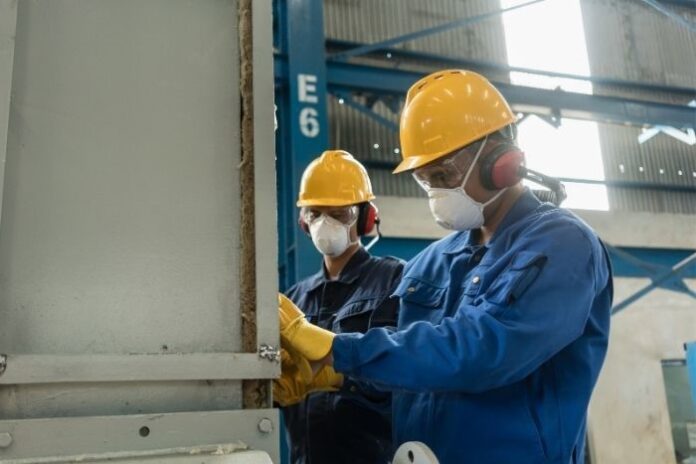Everything we use comes from a manufacturer who processes or assembles the final product from smaller pieces or parts. Many of these manufacturing processes involve the use of heat through melting, cooking, heating, cooling, and more. However, it can be challenging to utilize thermodynamics efficiently in a controlled environment. This is why thermal management is critical to the success of the production. “What is thermal management in manufacturing,” you ask? Here are the technical basics you should know.
Thermodynamics and Manufacturing
Whether you remember it from school, or it is the foundation of your daily work, thermodynamics is the scientific field related to heat, work, and energy. Though these words have deep technological meanings, at a cursory level, it is important to know that heat is a form of energy. As such, manufacturers harness the work performed by the heat that is transferred between surfaces or substances to craft their products. Everything from melting plastics to baking cookies requires a direct and specific application of heat. The use of thermodynamics in manufacturing is widespread, but there are important technologies that allow for this pinpointed control.
Thermal Management Technologies
Technology often responds to unmet needs, and in the manufacturing business, long-lasting and efficient thermal management tech is much desired. Take plastic injection molding as an example. There are many heat-managing insulation materials and temperature measuring computers. But there is a need for more tailored systems in the medical device and automotive industries in which these plastics lay the foundation for the final manufactured product. From rapid medical part prototyping to mass-produced automotive grilles, plastic injection molding varies widely in its application. However, these parts and products would not be possible without quality thermal management tech working behind the scenes during manufacturing.
Engineering Implications
Though the technologies exist, it is the task of engineers and manufacturers to construct the proper tools and environments that will elicit the desired results. Without a fine-tuned and well-tested facility, products will become inconsistent, especially in a mass production scenario. Engineers must apply the principles of thermodynamics to measure and control heat, which could be devastating when handled improperly. Trained engineering personnel should work side by side with architects, designers, and facility managers every step of the way to ensure safe and effective thermal management techniques. The next time someone asks, “what is thermal management in manufacturing,” you’ll have an answer at the ready. Whether you work in the manufacturing industry, are studying engineering, or have an interest in the subject, it is important to understand how theoretical principles such as thermodynamics apply to real-life situations.















